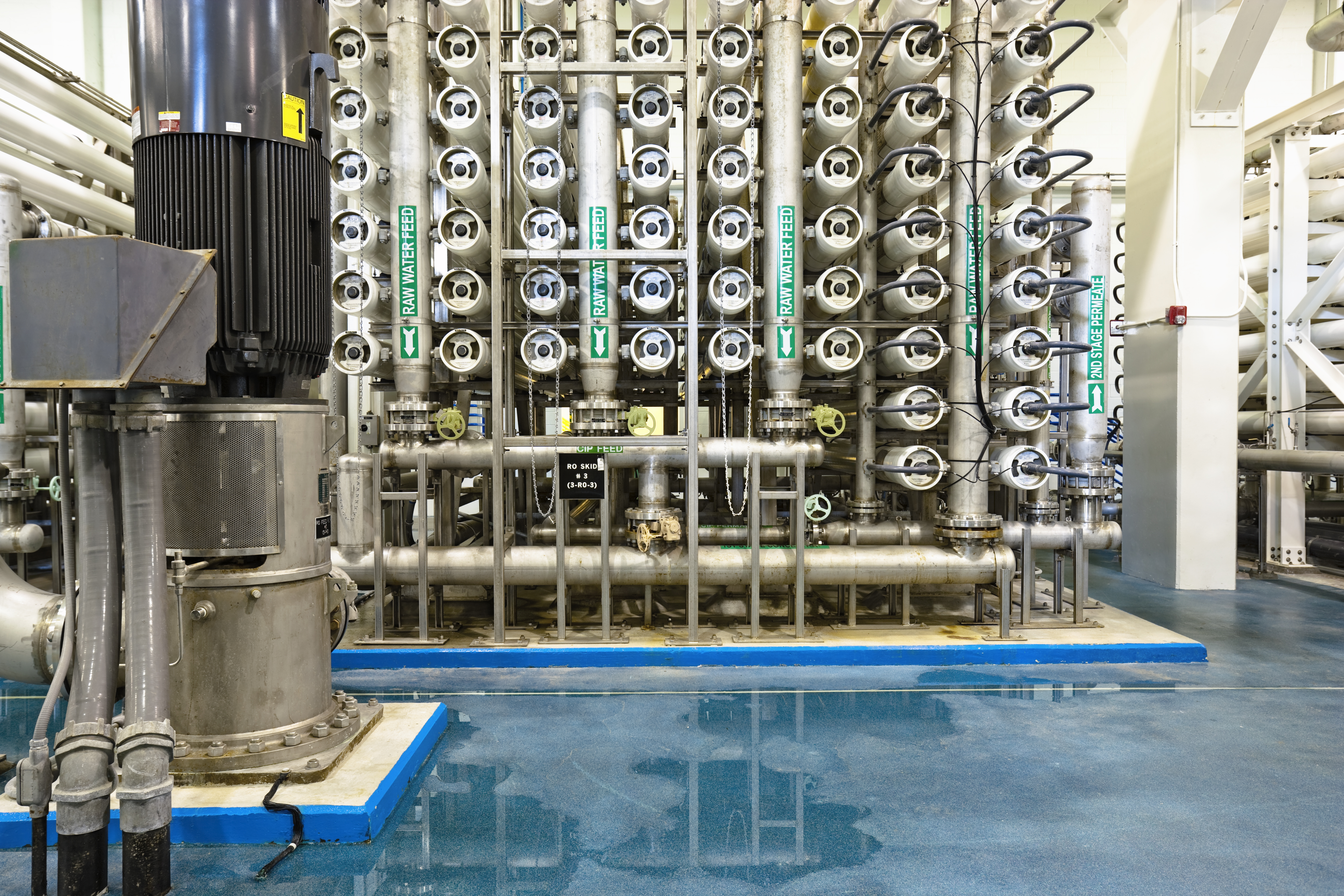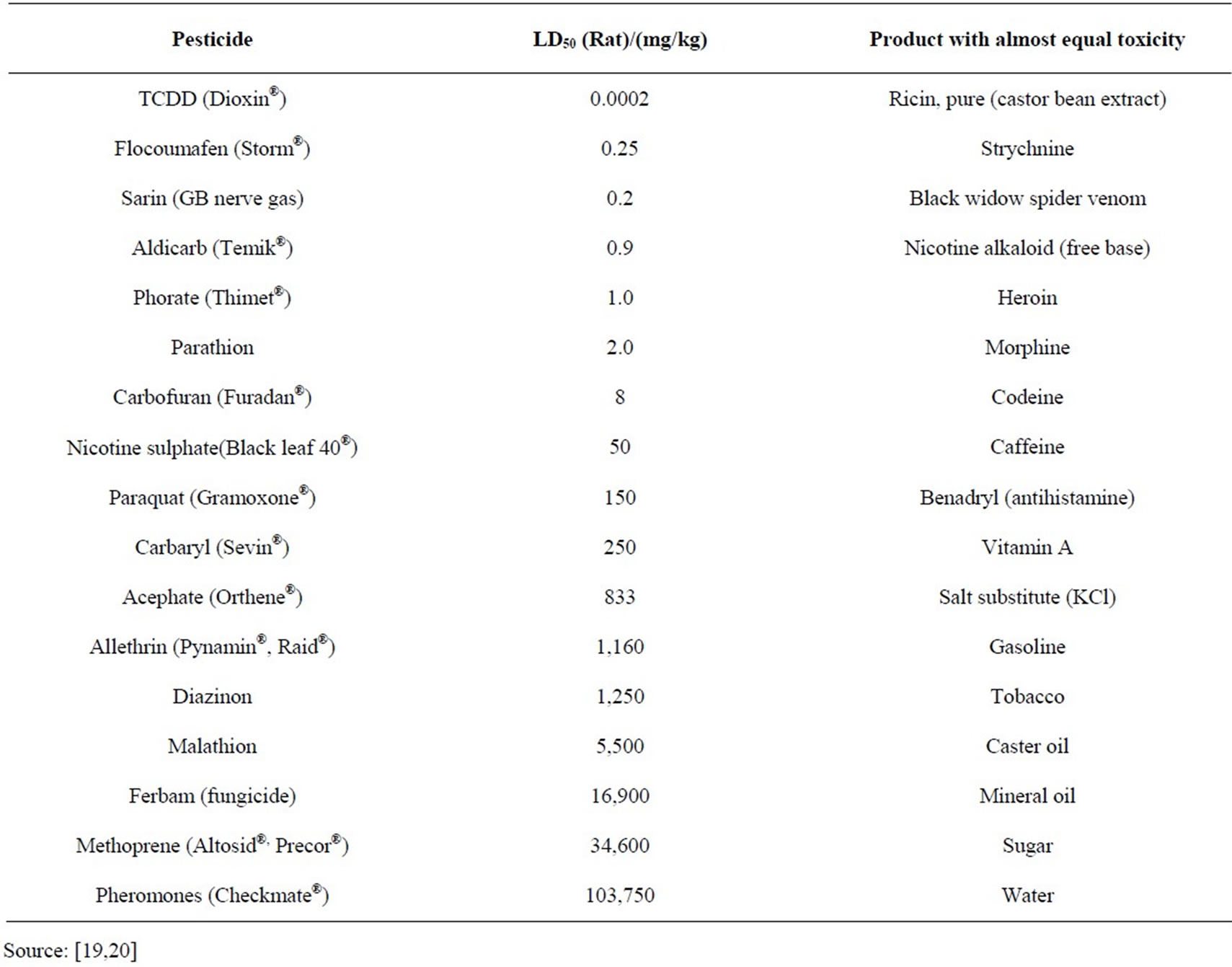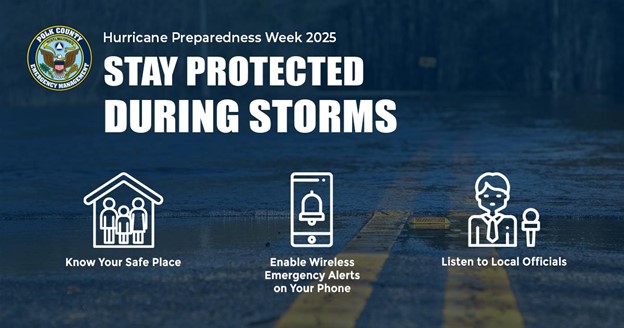
Renewed Funding for the National Alliance for Water Innovation (NAWI)

The U.S. Department of Energy (DOE) has announced renewed funding for the National Alliance for Water Innovation (NAWI), which serves as DOE’s energy innovation hub for desalination. With $75 million allocated over a period of five years, NAWI will continue to bring together industry and academic partners to address critical technical barriers and conduct research aimed at significantly reducing the cost and energy requirements of water purification technologies. The advancements in desalination technologies facilitated by NAWI will play a crucial role in modernizing America’s water infrastructure, increasing access to clean and potable water for all Americans, and contributing to the country’s goal of achieving a net-zero emissions economy by 2050.
Interdependence of Water and Energy
Jeff Marootian, Principal Deputy Assistant Secretary in the Office of Energy Efficiency and Renewable Energy, highlights the interdependence of water and energy. Water is essential in the production of nearly every major energy source, while energy is critical for the transportation and treatment of water. Recognizing this deep connection, the Department of Energy is leading the nation’s efforts to decarbonize the water economy and ensure a secure water future for communities nationwide.
Challenges to Current Water Supply Systems
Currently, water supply systems in the U.S. primarily rely on fresh surface and groundwater sources, with only a small percentage coming from desalinated saltwater. However, factors such as climate change, population growth, increased industrial and agricultural demand, and changes in water usage patterns are placing significant stress on these freshwater supplies globally. To meet future water needs, it is crucial for the U.S. to develop technologies that provide alternative water sources, promote efficient and sustainable water treatment and usage, and minimize energy consumption and greenhouse gas emissions.
Investing in Sustainable Water Technologies
NAWI, along with partners from industry, government, and academia, is investing in technologies to mitigate the effects of these challenges on the water cycle. These technologies focus on treating water from alternative sources such as brackish groundwater and various wastewaters to create fit-for-purpose water while reducing emissions and energy usage associated with traditional water treatment. In its initial five years, NAWI funded over 60 projects, including pilots and research projects across the United States. These projects covered a range of areas including water treatment, desalination processes, novel automation and water treatment, and modeling tools and analysis. NAWI also published the NAWI Master Roadmap and five sector-specific roadmaps (power, resource extraction, industry, municipal, and agriculture) to address key technical challenges and research priorities in desalination and treatment of nontraditional source waters.
NAWI’s Extensive Community
NAWI boasts the largest extended community among all DOE hubs or institutes. It comprises 108 Research Consortium member organizations, including competitive award winners, as well as more than 424 Alliance Organizations and 17,000 individuals.
NAWI 2.0: Addressing Energy-Water Challenges
Building on the success of its first iteration, NAWI 2.0 will delve deeper into addressing the following energy-water challenges:
- Increasing focus on piloting integrated energy-efficient and decarbonized water systems, encompassing treatment, delivery, and management.
- Emphasizing the reuse of various wastewaters.
- Convening technology developers, water managers, and communities to identify priority opportunities for optimizing water supply management.
NAWI is led by Lawrence Berkeley National Laboratory in collaboration with the National Renewable Energy Laboratory and Oak Ridge National Laboratory. It is funded by DOE’s Industrial Efficiency and Decarbonization and Water Power Technologies offices.
SDGs, Targets, and Indicators
| SDGs | Targets | Indicators |
|---|---|---|
SDG 6: Clean Water and Sanitation |
|
|
SDG 7: Affordable and Clean Energy |
|
|
SDG 13: Climate Action |
|
|
1. Which SDGs are addressed or connected to the issues highlighted in the article?
SDG 6: Clean Water and Sanitation
The article discusses the need for advancements in desalination technologies to increase access to clean, potable water and address the increasing stress on fresh water supplies. This aligns with SDG 6, which aims to ensure availability and sustainable management of water and sanitation for all.
SDG 7: Affordable and Clean Energy
The article highlights the interdependence of water and energy, emphasizing the need for an integrated approach to decarbonize the water economy. This relates to SDG 7, which aims to ensure access to affordable, reliable, sustainable, and modern energy for all.
SDG 13: Climate Action
The article mentions the impact of climate change on water supplies and the need to develop technologies that minimize energy use and greenhouse gas emissions. This connects to SDG 13, which aims to take urgent action to combat climate change and its impacts.
2. What specific targets under those SDGs can be identified based on the article’s content?
SDG 6: Clean Water and Sanitation
– Target 6.4: By 2030, substantially increase water-use efficiency across all sectors and ensure sustainable withdrawals and supply of freshwater to address water scarcity.
– Target 6.5: By 2030, implement integrated water resources management at all levels, including through transboundary cooperation as appropriate.
SDG 7: Affordable and Clean Energy
– Target 7.2: By 2030, increase substantially the share of renewable energy in the global energy mix.
– Target 7.3: By 2030, double the global rate of improvement in energy efficiency.
SDG 13: Climate Action
– Target 13.1: Strengthen resilience and adaptive capacity to climate-related hazards and natural disasters in all countries.
– Target 13.2: Integrate climate change measures into national policies, strategies, and planning.
3. Are there any indicators mentioned or implied in the article that can be used to measure progress towards the identified targets?
SDG 6: Clean Water and Sanitation
– Indicator 6.4.1: Change in water-use efficiency over time.
– Indicator 6.5.2: Proportion of transboundary basin area with an operational arrangement for water cooperation.
SDG 7: Affordable and Clean Energy
– Indicator 7.2.1: Renewable energy share in the total final energy consumption.
– Indicator 7.3.1: Energy intensity measured in terms of primary energy and GDP.
SDG 13: Climate Action
– Indicator 13.1.1: Number of deaths, missing persons, and directly affected persons attributed to disasters per 100,000 population.
– Indicator 13.2.1: Number of countries that have communicated the establishment or operationalization of an integrated policy/strategy/plan which increases their ability to adapt to the adverse impacts of climate change, and foster climate resilience and low greenhouse gas emissions development in a manner that does not threaten food production.
The article does not explicitly mention these indicators, but they can be used to measure progress towards the identified targets based on the issues discussed.
4. Table: SDGs, Targets, and Indicators
| SDGs | Targets | Indicators |
|---|---|---|
SDG 6: Clean Water and Sanitation |
Behold! This splendid article springs forth from the wellspring of knowledge, shaped by a wondrous proprietary AI technology that delved into a vast ocean of data, illuminating the path towards the Sustainable Development Goals. Remember that all rights are reserved by SDG Investors LLC, empowering us to champion progress together. Source: energy.gov
Join us, as fellow seekers of change, on a transformative journey at https://sdgtalks.ai/welcome, where you can become a member and actively contribute to shaping a brighter future.
|







